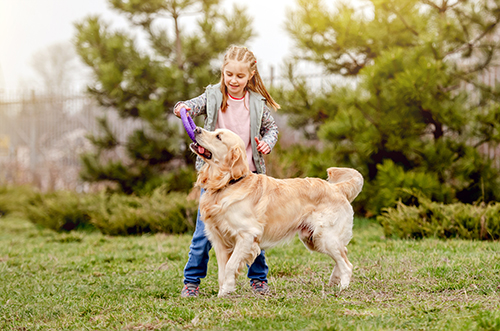Leash Training Tips for a Well-Behaved Canine Companion
- blogs
- October 2, 2023
- admin
Leash training is an essential skill for both you and your dog, ensuring safe and enjoyable walks together. Whether you’re starting with a puppy or working with an older dog, effective leash training can lead to better behavior and a stronger bond. In this article, we’ll explore valuable tips to help you successfully leash train your furry friend.
1.Start Early:
If you have a puppy, begin leash training as soon as they are old enough to go for walks. This helps them become accustomed to the sensation of wearing a leash and collar.
2.Choose the Right Equipment:
Select a comfortable and appropriate collar or harness for your dog’s size and breed. Consider using a front-clip harness for dogs that tend to pull.
3.Positive Associations:
Introduce the leash and collar as positive items by associating them with treats and praise. Let your dog sniff and explore them before attaching them.
4.**Practice Indoors First:**
Begin training indoors or in a quiet, enclosed area. This reduces distractions and allows your dog to focus on the training process.
5.Gradual Introduction:
Attach the leash to your dog’s collar or harness and allow them to drag it around while supervised. This helps them get used to the feeling of being attached to a leash.
6.Short Sessions:
Keep training sessions short and positive. Start with just a few minutes and gradually increase the duration as your dog becomes more comfortable.
7.Positive Reinforcement:
Reward your dog for walking calmly on the leash. Use treats, praise, and affection to reinforce good behavior.
8.Use the “Let’s Go” Command:
Teach your dog a cue like “let’s go” or “walk” to indicate that it’s time to start walking. Use this cue consistently during your walks.
9.Be Patient:
Expect some stops, starts, and sniffing along the way. Allow your dog to explore their surroundings within reason.
10.Address Pulling:
When your dog pulls, stop walking and wait for them to relax the tension on the leash. Reward them when they return to your side or loosen the leash.
11.Change Directions:
If your dog pulls in one direction, suddenly change your direction. This teaches them to pay attention to your movements.
12.Stay Calm:
Remain calm and patient. Avoid jerking the leash or raising your voice, as this can create anxiety for your dog.
13.Consistency is Key:
Be consistent with your commands and rewards. Consistency helps your dog understand what is expected of them.
14.Practice Outside:
Once your dog is comfortable indoors, gradually move your training sessions outdoors where there are more distractions.
Leash training requires time, patience, and a positive attitude. By implementing these tips and techniques, you’ll be on your way to enjoying peaceful and enjoyable walks with your furry companion. Remember, every dog is unique, so tailor your approach to suit your dog’s personality and needs. With dedication and consistency, you’ll create a well-behaved walking partner that you can both enjoy spending time with.

